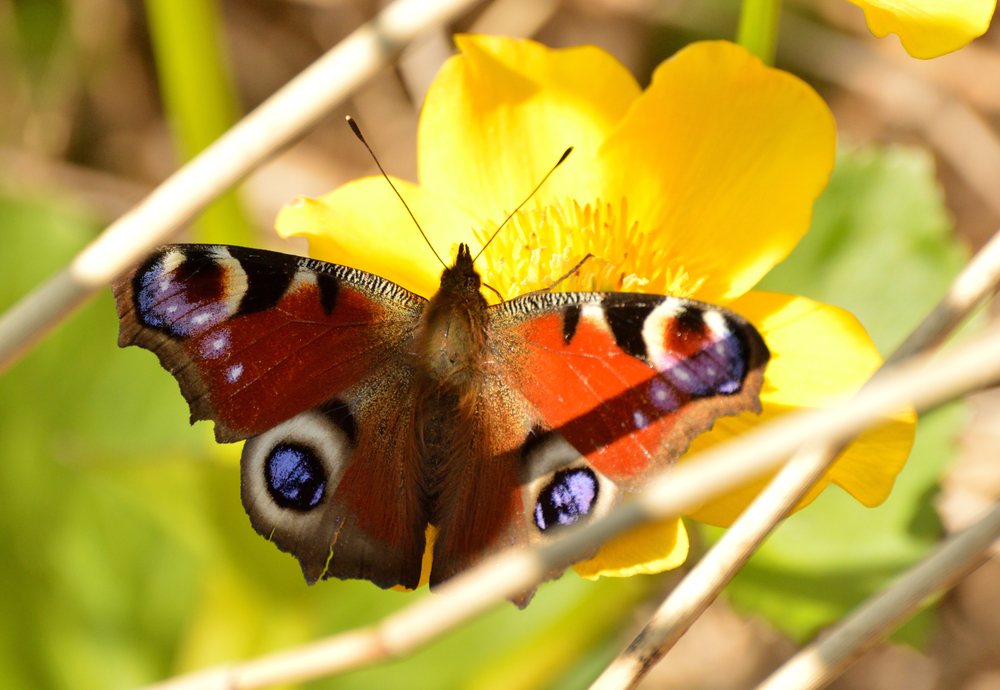with Pete Harcom – Head Gardener at Sherton Abbas Gardening

Hello All,
Well, last month was a cold one wasn’t it? May should be a lot warmer, but as said
last month, keep an eye on the weather forecast and protect early outdoor sowings
and plantings with fleece.
Bedding plants may need to wait to be planted out towards the end of May.
Continue to keep on top of weed growth – regularly hoe them off whilst they are easy
to handle.
Aerate the lawn with a garden fork to avoid compaction and moss growth. After the
aeration, apply a slow release granular fertiliser (if you use small granules this will reduce
the scorch potential).
Birds will be starting to nest now – so please check hedges before trimming them back.
Wildflowers – why not create a wildflower meadow?
Even in a small garden you can attract our native insects and animals. Native wildflowers are a food source, which will naturally attract bees, butterflies and birds to your garden.
Do take a look at the Wildlife Trust’s advice on how to grow a wild patch.
Even the smallest ‘wildflower meadow’ (which is a grand name but can mean any small patch of your garden left to rewild – even one single pot is a start) will provide homes and food for wildlife and benefit biodiversity. Native wildflowers provide pollen and nectar to help sustain the insects that pollinate our food crops.
A wildflower patch will also create homes and resting places for beneficial insects such as spiders, ladybirds and lacewings. These creatures help control pests in gardens and commercial
crops
Wildflowers are a source of food and nesting material for birds, too. Some of our birds
like to eat the seeds, some like to eat caterpillars and insects. And all of these can be found in wildflower meadows or small patches of wildflowers.
Water helps too – even a tiny pond can be very interesting in a garden, and will help provide habitat for frogs and toads. Do remember to provide a ramp in any ponds with sheer sides, so frogs and other creatures can climb out easily.
Remember that toads are a gardener’s best friend – they eat slugs, bugs, flies and other pests. A wildflower meadow makes a lovely damp environment for amphibians to forage in.
The easiest way to start is to simply leave a patch of un-mown long grass in your garden. Butterflies, for instance, like to lay eggs in flowering grasses. Some types of butterfly and moth only ever lay their eggs on specific native plants.
Pete



